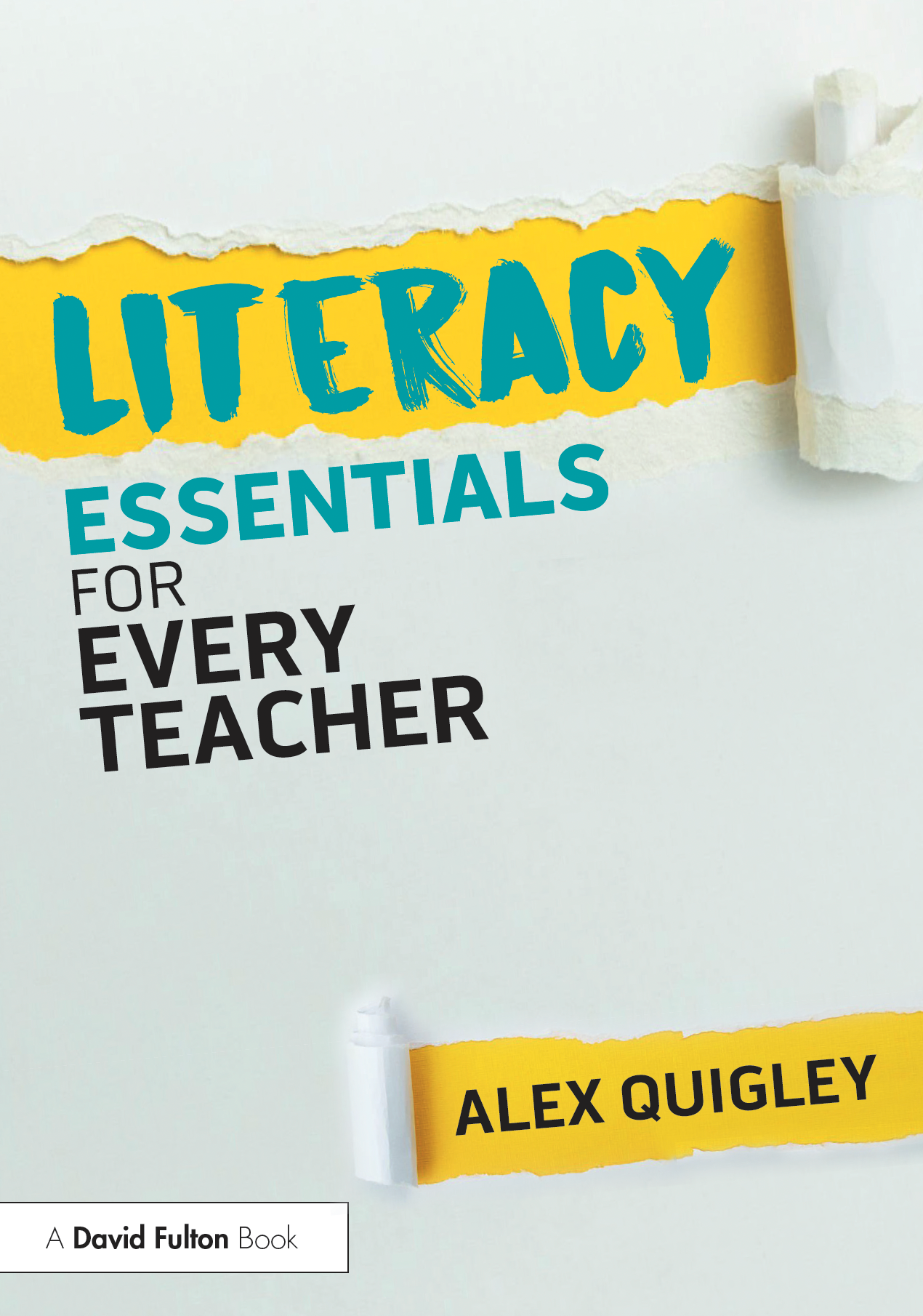The performance of reading aloud can offer vital opportunities for pupils to learn. In particular, the act of reading aloud can benefit pupils’ reading fluency, as well as proving a helpful bridge to increasing reading comprehension. Reader’s Theatre is a comprehensive classroom approach that can offer a vehicle to foster fluency in the classroom.
A recent research review on Reader’s Theatre has explored the impact of the approach in small classroom based experiments for primary school age pupils. Though it is hard to generalise from the research, it is a promising practice that offering a practical approach to support reading fluency that has compelling steps.
Reading fluency is often described as the bridge from word reading (decoding) to comprehension (understanding the text). Reader’s Theatre takes a lot of the key ingredients of effective reading fluency practice and rounds it off into a process.
In its simplest form, it is the process of reading, and rereading a text, to hone the performance of that text to an audience. It is likely effective because it offers a concerted focus on fluency and prosody – that is to say, reading with a careful attention to volume, stress, and expression.
Reader’s Theatre offers a clear goal – the performance – along with the motivation of performing for an audience. Not only that, it embeds repeated reading, focused practice, and teacher feedback. All these ingredients are likely to enhance pupils’ understanding of the text being performed, but also transfer to reading skill more broadly.
The Education Endowment Foundation guidance report on ‘Improving Literacy at Key Stage 2’ offers a handy infographic that summarises Reader’s Theatre (adapted from the approach from the Wise Academies Trust):

EEF, ‘Improving Literacy at Key Stage 2’, adapted from a Wise Multi-Academy approach.
Translating Reader’s Theatre to the classroom
Reader’s Theatre can fairly be described as a comprehensive – often time-consuming approach to developing reading fluency and comprehension. It is understandable then to intelligently adapt the approach. This can include isolating some of the steps, such as ‘repeated choral reading’ or ‘text marking’, and embedding those into daily practice.
Though most of the evidence on Reader’s Theatre is drawn from primary school age pupils, secondary school leaders can draw from this approach if they are seeking to boost reading. Of course, drama teachers or English teachers, can see their subject being benefitted by such an approach, but MFL, or even science and the humanities subjects, could benefit from exploring reading fluency approaches like Reader’s Theatre, simplifications of the approach, or similar.
The value of fostering reading fluency appears to be on the increase in schools. Getting Reader’s Theatre right just might be the right approach to bring centre stage.
Related reading:
- I have written a blog on ‘Getting Reading Fluency Right’ HERE.
- The EEF has a handy resource on ‘What might fluency look like in the classroom’ HERE.
- You can also read the EEF resource (developed with H4L) on on ‘Reading fluency misconceptions’ HERE.
[Image via Pexels: https://www.pexels.com/photo/girl-reading-book-8618066/]






Comments